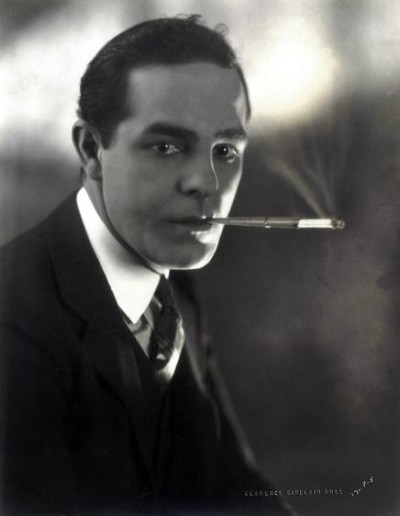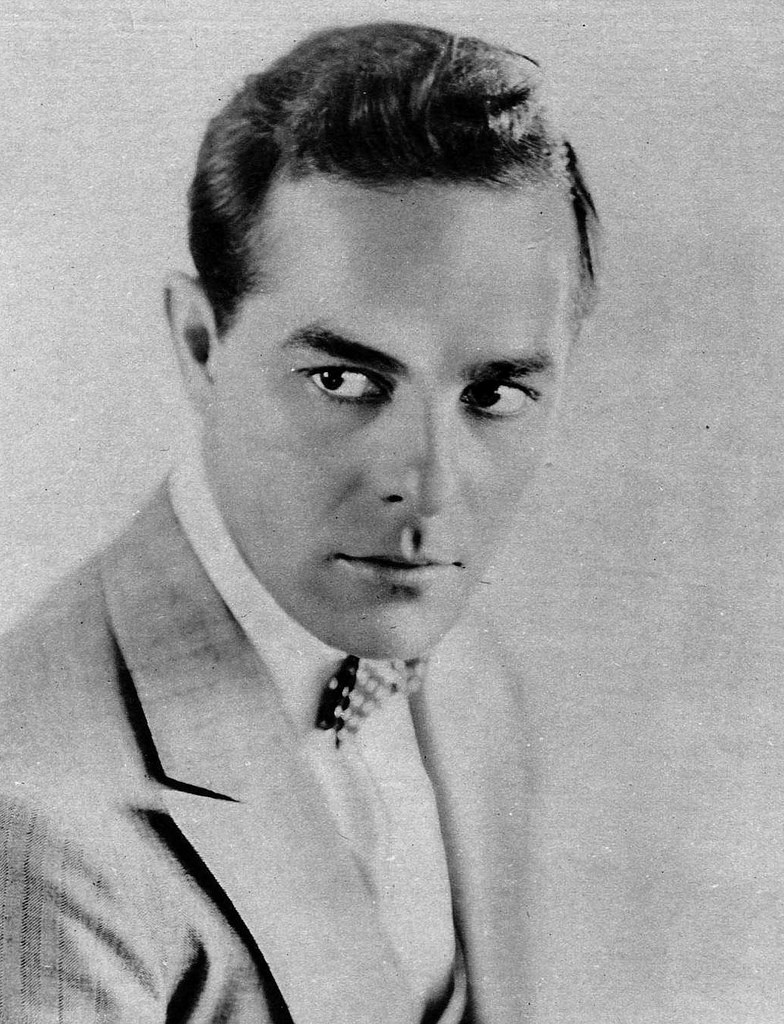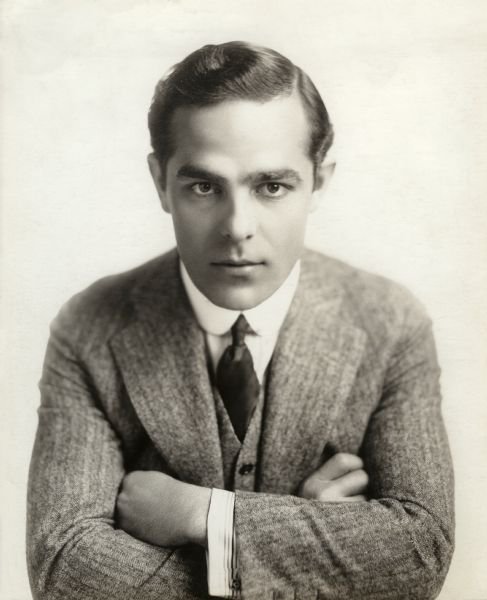Antonio Moreno (Antonio Garrido Monteagudo)

Born Antonio Garrido Monteagudo in Madrid, Spain, he emigrated to the United States at the age of fourteen and settled in Massachusetts, where he completed his education. Although he claimed to have attended Williston Seminary in Easthampton, Massachusetts, the Archives of the school, now the Williston Northampton School, have no record of his having done so. He became a stage actor in regional theater productions. In 1912 he moved to Hollywood, California and he was signed to Biograph Studios and began his career in bit parts and as a movie extra. His film debut was in Iola’s Promise (1912). In 1914 Antonio Moreno began co-starring in a series of highly successful serials at Vitagraph opposite popular silent film actress Norma Talmadge. These appearances helped to increase Moreno’s popularity with the nation’s nascent filmgoers, and by 1915 he was a highly regarded matinee idol, appearing opposite such successful actors as Tyrone Power, Sr., Gloria Swanson, Blanche Sweet, Pola Negri, and Dorothy Gish. Moreno was often typecast in his earliest films as the “Latin Lover”, as were other actors of the era with Latin roots, such as Ramón Novarro and Rudolph Valentino. These roles predate Valentino’s famous breakthrough as a “Latin Lover” in the 1921 film The Four Horsemen of the Apocalypse. By the early 1920s Moreno joined film mogul Jesse Lasky’s Famous Players and became one of the company’s highest paid performers. In 1926 Moreno starred opposite Swedish acting legend Greta Garbo in The Temptress and the following year followed up with a starring role in the enormous box-office hit Clara Bow vehicle It. In 1923 Moreno married American heiress Daisy Canfield Danziger, moving to an estate known as Crestmount, now known as the Canfield-Moreno Estate. The union lasted 10 years and ended shortly before Canfield Danziger was killed in an automobile accident on February 23, 1933.
With the advent of talkies in the late 1920s and early 1930s, Moreno’s career began to falter, in part because of his heavy Spanish accent. While still acting in English language films, Moreno also began taking parts in Mexican films. During the early 1930s, Moreno directed several well-received Mexican films, among them is the 1932 drama Santa, which has been hailed by film critics as one of the best Mexican films of the era. By the mid-1930s, Antonio Moreno began rebuilding his faltering Hollywood career by taking notable roles as a character actor. By the mid-1940s and throughout the 1950s, Moreno appeared in a number of well received roles, most notably, his 1954 role in the classic horror film Creature from the Black Lagoon and his 1955 role as Emilio Figueroa in film director John Ford’s influential western epic The Searchers opposite John Wayne and Natalie Wood. Moreno retired from film in the late 1950s and died of heart failure in Beverly Hills, California, in 1967; he was buried at Forest Lawn Memorial Park cemetery in Glendale, California. His film career spanned more than four decades. In 1994, the Mexican magazine Somos published their list of “The 100 best movies of the cinema of Mexico” in its 100th edition and named the 1931 Moreno directed Santa its 67th choice. For his contribution to the motion picture industry, Antonio Moreno was given a star on the legendary Hollywood Walk of Fame at 6651 Hollywood Blvd., Hollywood, California, USA. Of note is that Moreno was the half-brother of Alfred Moreno Monteagudo, who took over management of the Los Angeles Biltmore Hotel in the 1940s. Antonio Moreno is the granduncle of horror/fantasy author Nicholas Grabowsky.
Born
- September, 26, 1887
- Madrid, Spain
Died
- February, 15, 1967
- USA
- Beverly Hills, California
Cause of Death
- heart failure
Cemetery
- Forest Lawn Memorial Park (Glendale)
- Glendale, California
- USA



